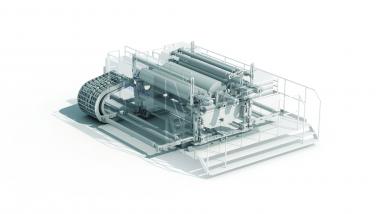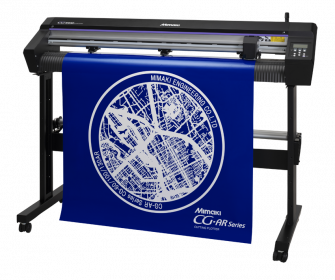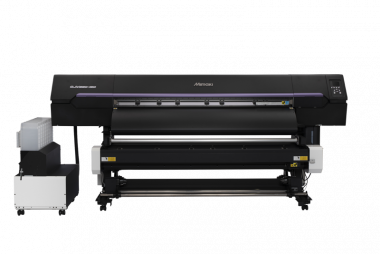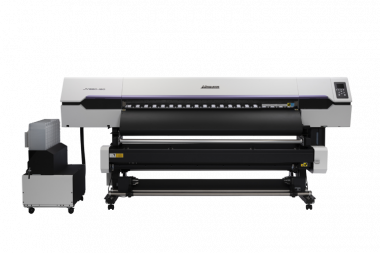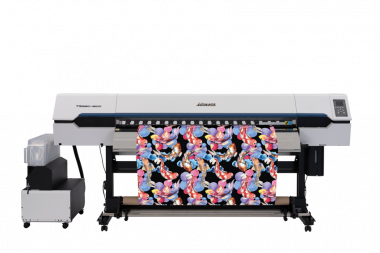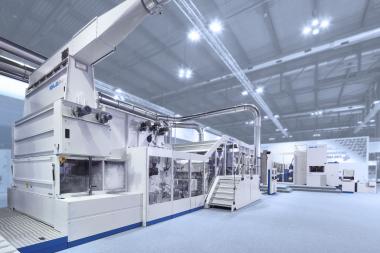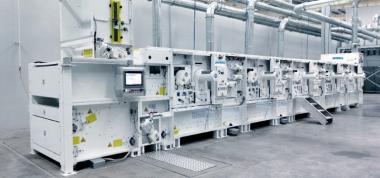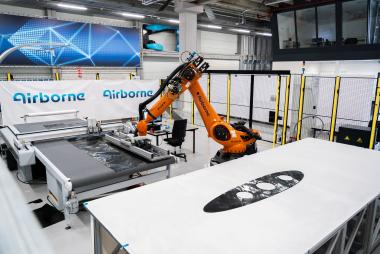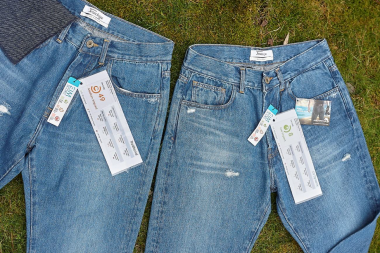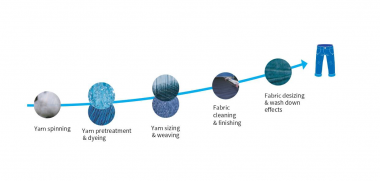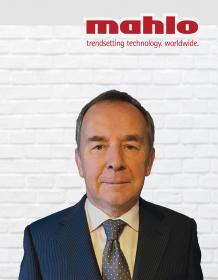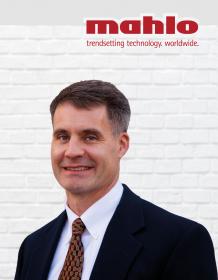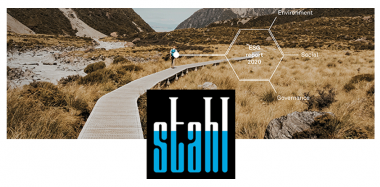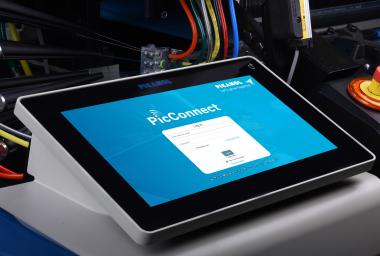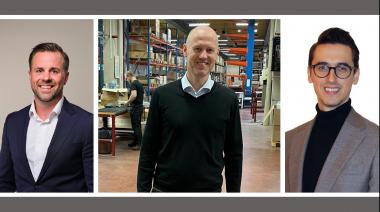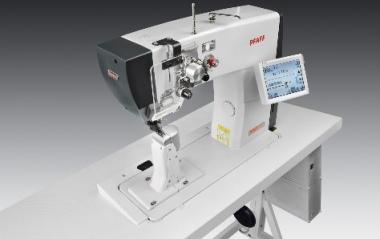Reifenhäuser Cast Sheet Coating presents new Ultrathin Coating process at ICE Europe
Reifenhäuser Cast Sheet Coating - specialists for cast film, sheet extrusion and extrusion coating lines - will showcase a new production process for cost-effective film/nonwoven composites with an exceptionally low grammage at ICE (International Converting Exhibition) Europe. The leading international trade show for paper, film, and foil conversion and processing will be held at Messe München (Munich trade fair center) from March 15-17, 2022.
The Covid-19 pandemic and current supply shortages have exposed the dependence of companies on global supply chains. This situation is both a warning signal and an opportunity to boost and reorganize the local production of semi-finished products from the ground up. Reifenhäuser Cast Sheet Coating has now developed a trend-setting production process termed Ultrathin Coating, in particular for the sector of medical protective clothing. The process will permit customers to produce particularly lightweight film/nonwoven composites with greater cost efficiency and, as a result, more competitively. The patent-pending process has several advantages: It cuts film grammage by 66%; material consumption in the overall composite is reduced by 28%; and it slashes costs by up to 34% compared to conventional semi-finished products. Significant cost savings are achieved in various ways, for example, by replacing hotmelt adhesives, which reduces line maintenance to a great extent at the same time.
Mark Borutta, Sales & Marketing Specialist bei Reifenhäuser Cast Sheet Coating, erklärt: „Wir erleben derzeit einen nachhaltig wachsenden Mehrbedarf für medizinische Schutzbekleidung verbunden mit einer Rückholstrategie für lokale Produktionskapazitäten. Vor diesem Hintergrund erzielen Produzenten mit ‚Ultrathin Coating‘ einen schnellen Return on Invest und hohe Profitabilität – auch bei einer Produktion innerhalb Europas.“ Die Vlies-erfahrene Schwesterfirma Reifenhäuser Reicofil –führender Hersteller von Vliesstoffanlagen – hat die Entwicklung unterstützt.
Mark Borutta, Sales & Marketing specialist at Reifenhäuser Cast Sheet Coating, explains: "We are currently experiencing a sustained increase in demand for medical protective clothing combined with a return strategy for local production capacity. Against this backdrop, producers achieve a fast return on investment and high profitability with Ultrathin Coating - even when production is based in Europe." The sister company, Reifenhäuser Reicofil, an experienced and global leading manufacturer of nonwoven lines, provided their support to the development.
Even if manufacturers already produce medical protective clothing and prefer to handle the coating process internally in the future instead of importing the necessary composites, it is worthwhile to set up an in-house production facility. In either case, the investment in Ultrathin Coating usually pays for itself in less than 12 months. The lower material input also reduces the consumption of fossil raw materials and this in turn responds to the increased demand for more sustainable products.
Reifenhäuser


